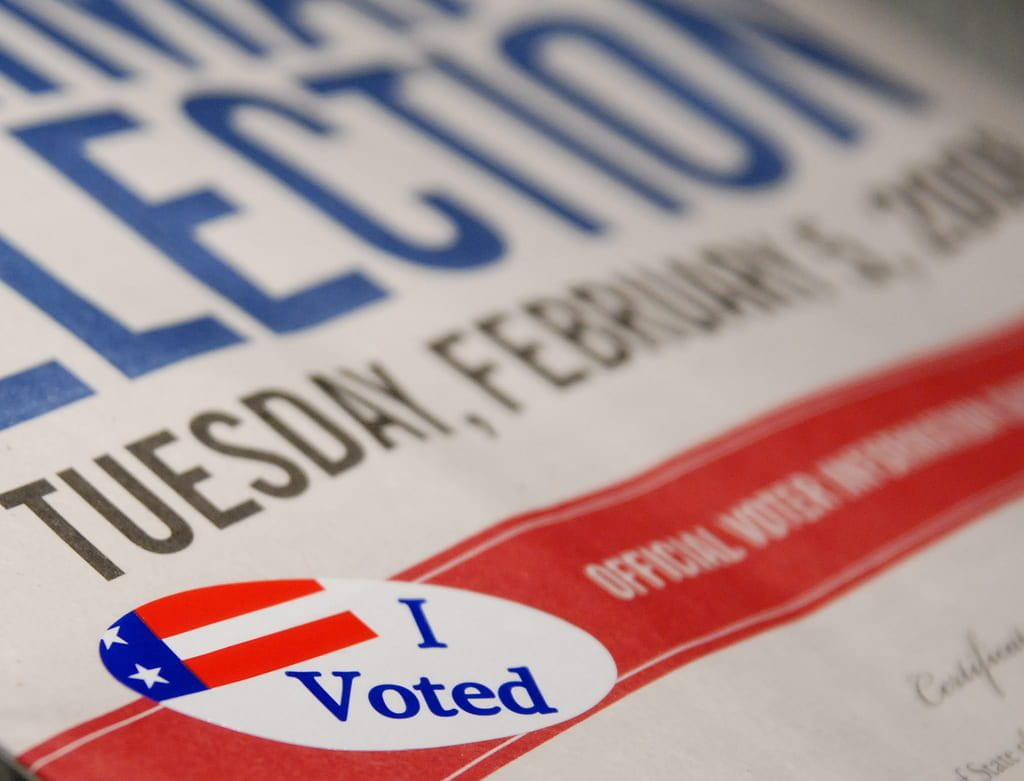
Enfranchisement is the act of participating in the political process, namely through voting. It is the acknowledgement and acceptance of citizenship. Sociologist T.H. Marshall defines citizenship as the status a person enjoys as a full member of a community. Citizenship participation in the community has three components that function as rights and duties: civil, political, and social. First, civil citizenship encompasses all individual freedoms—the inalienable rights given to each human being. Second, political citizenship afford the right to participate in the political process, regardless of race, ethnicity, class, gender, and/or ability. Lastly, social citizenship provides the right for an adequate standard of living. Full participation in a community, through the act of enfranchisement, has been a difficult and tenuous process for half of humanity: women.
Women have sought to gain full citizenship status for centuries. While this blog briefly focuses on the women’s suffrage movements in the United States (US) and the United Kingdom (UK), the breath of the women’s rights movement extends to and finds mirroring throughout Europe and in New Zealand, Canada, Australia, and parts of South America and Africa according to Dolton. She reminds that women’s movements are grassroots operations, which strike at the heart of hegemonic institutional and cultural systems. The Universal Declaration of Human Rights (UDHR) ascribes the right for everyone to take part in their country’s government with equal access to public service, and the expression of the collective will through free and equal voting. In other words, while voting is a method utilized in some nation-states, an understanding of the variations in governmental form is imperative.
The US and UK Suffragette Movements
American women were growing dissatisfied with their lack of position and subsequent silence within the public sphere. The outgrowth of this dissatisfaction was the Seneca Falls Women’s Convention led by Elizabeth Cady Stanton and Susan B. Anthony. The topic of voting was a part of the discussion, as was divorce and martial rape. Despite economic and social progress during the 19th century, including Wyoming becoming the first state to extend voting rights to women, the failure to grant voting rights in all states left women undeterred. English women were dissatisfied also but seemingly protested quietly until the late 1890s.
Emmeline Pankhurst initiated the UK suffragist movement in 1898, following the death of her husband. By 1903, she began the Women’s Social and Political Union and recruited her daughter, Christabel, and cultivated an alliance with the Independent Labour Party. The outbreak of WW1 brought about the suspension of politics; yet, the enfranchisement of women, under 30 who met a minimum set of requirements, occurred in 1918. Full enfranchisement for all persons over 21 took place in 1928.
August 18, 1920
Two years following the enfranchisement in the UK, the long-awaited battle for women’s suffrage in the US ended with the passage of the 19th amendment on August 18, 1920. The amendment afforded women the right to vote in the US. The victory secured the right to vote for some but not all.
